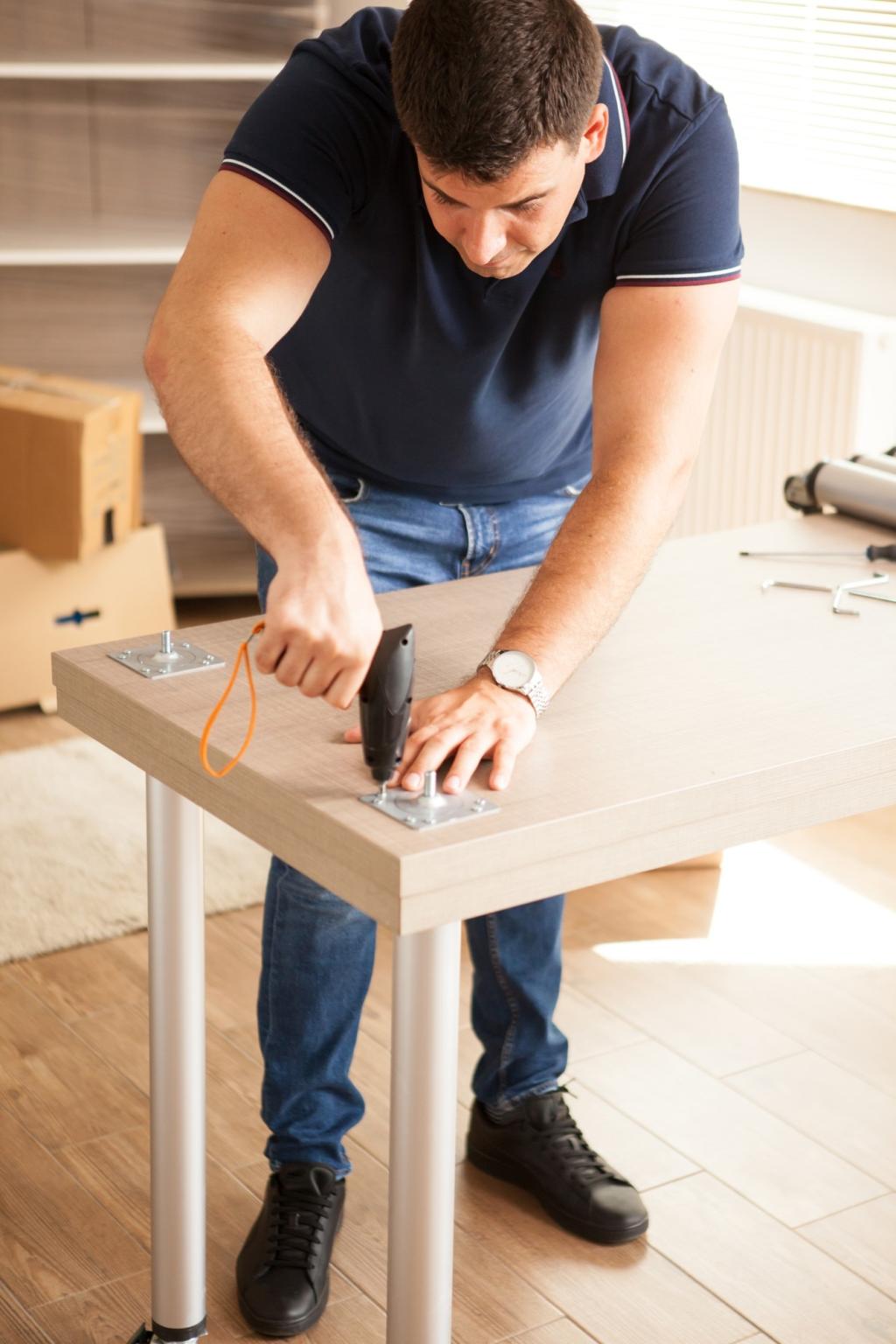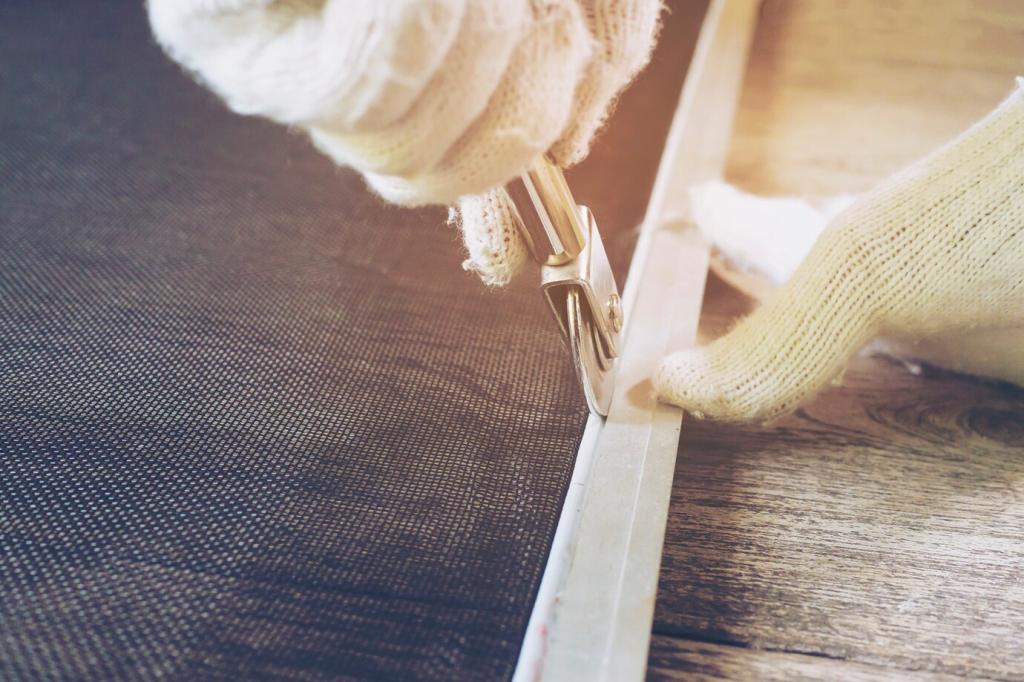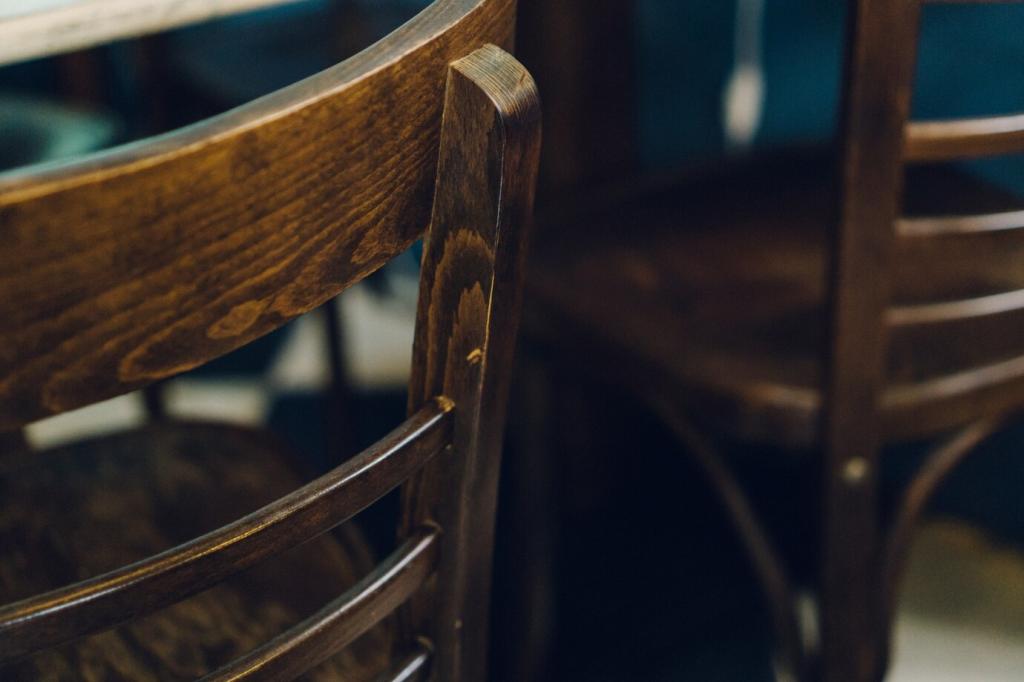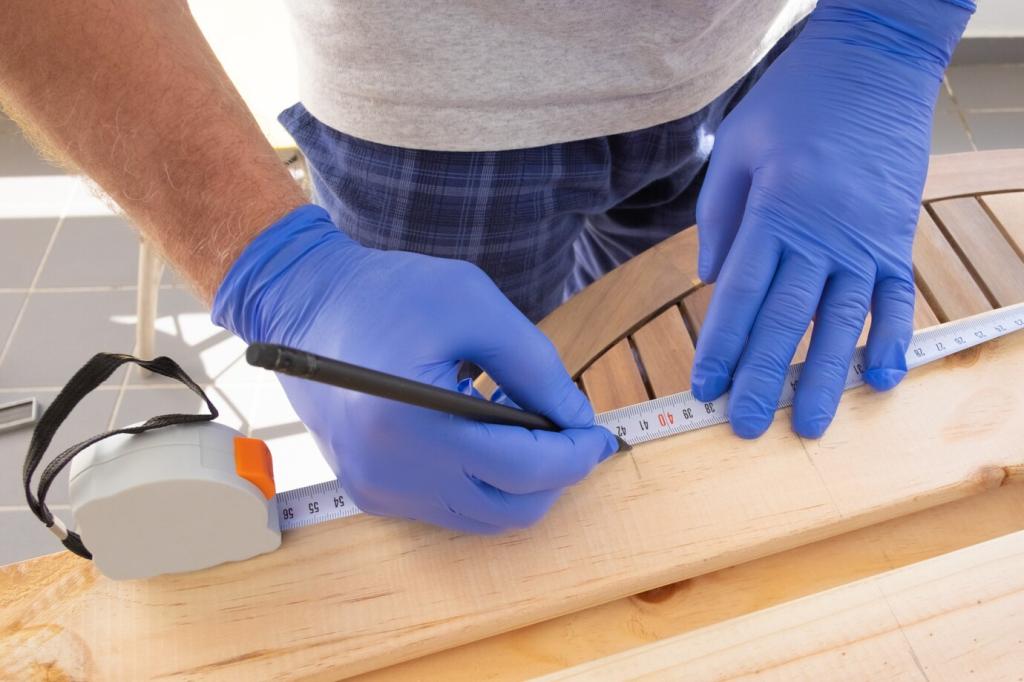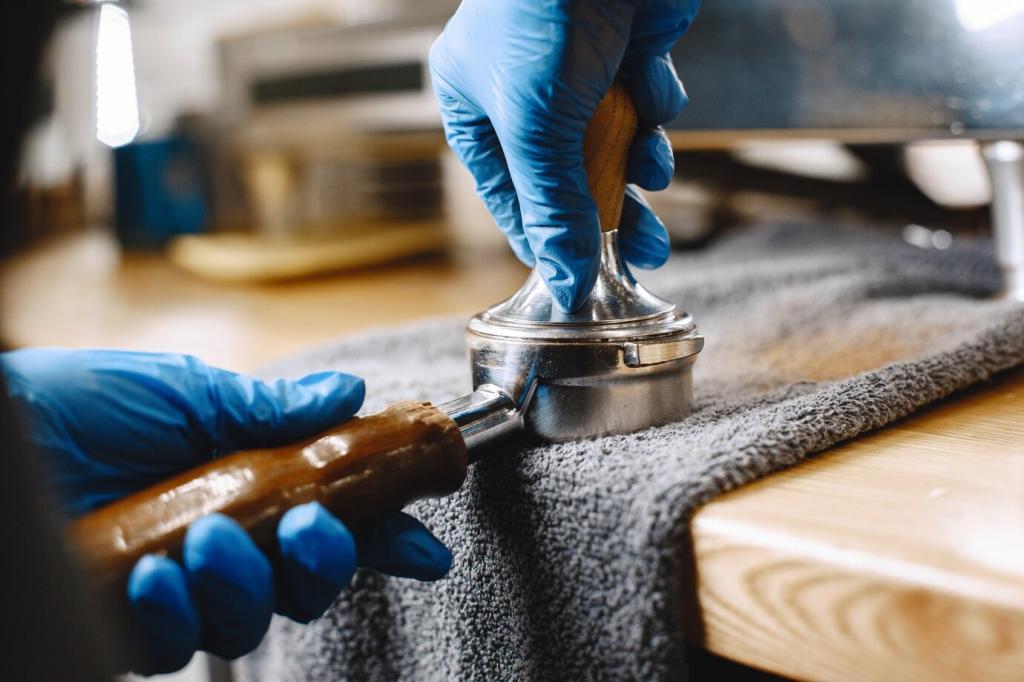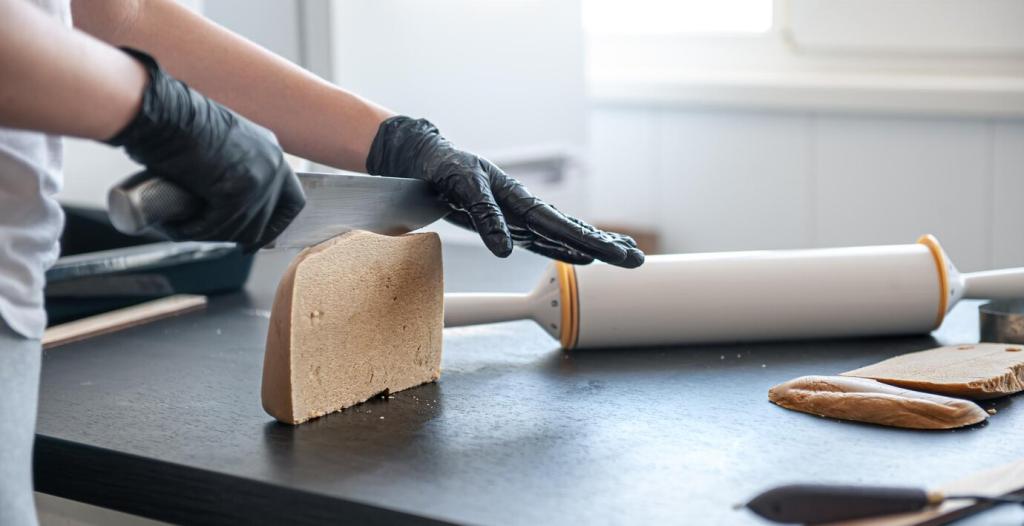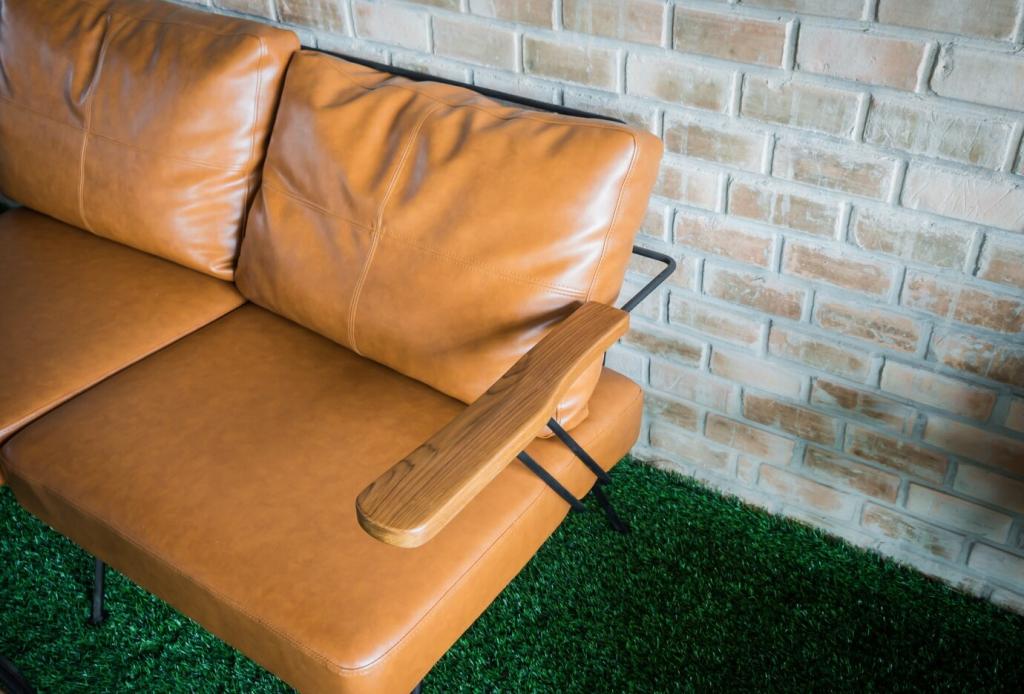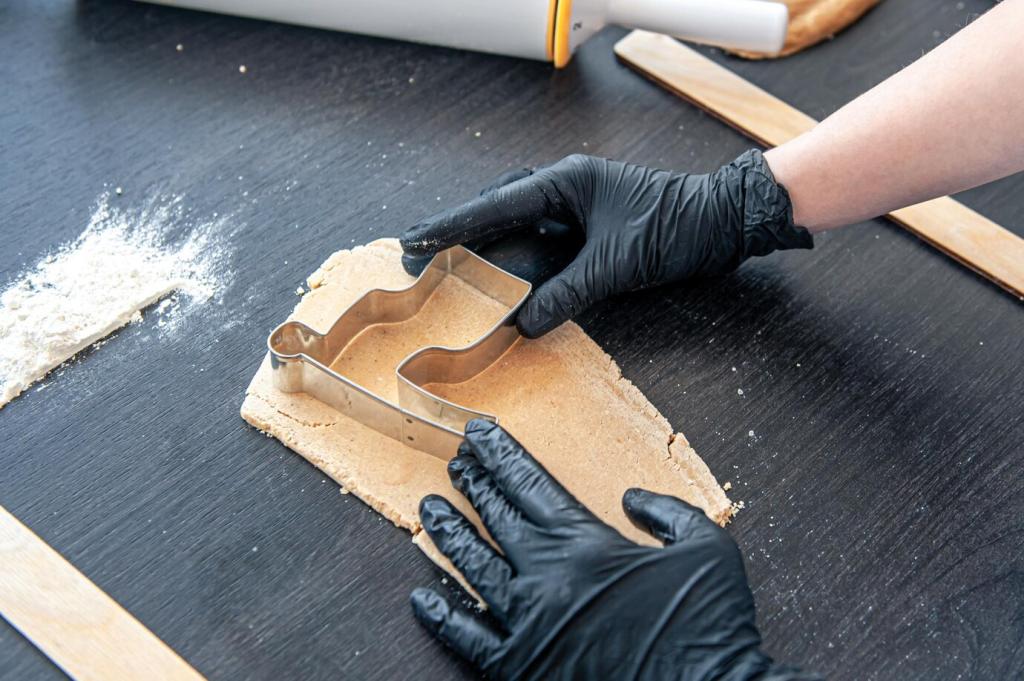Spills, Water Rings, and Stain Triage
Blot, never rub, using absorbent cloths. Lift coasters, placemats, and crumbs so moisture does not trap. My grandmother’s oak table survived a lemonade mishap because we blotted and aired it immediately. Comment with what spilled and when; we will guide the next safe step.
Spills, Water Rings, and Stain Triage
For fresh rings on film finishes, try a warm (not hot) iron over dry cloth for a few seconds, checking often. Alternatively, a dab of mild toothpaste with baking soda gently rubbed can help. Report your finish and ring age for a tailored approach.

